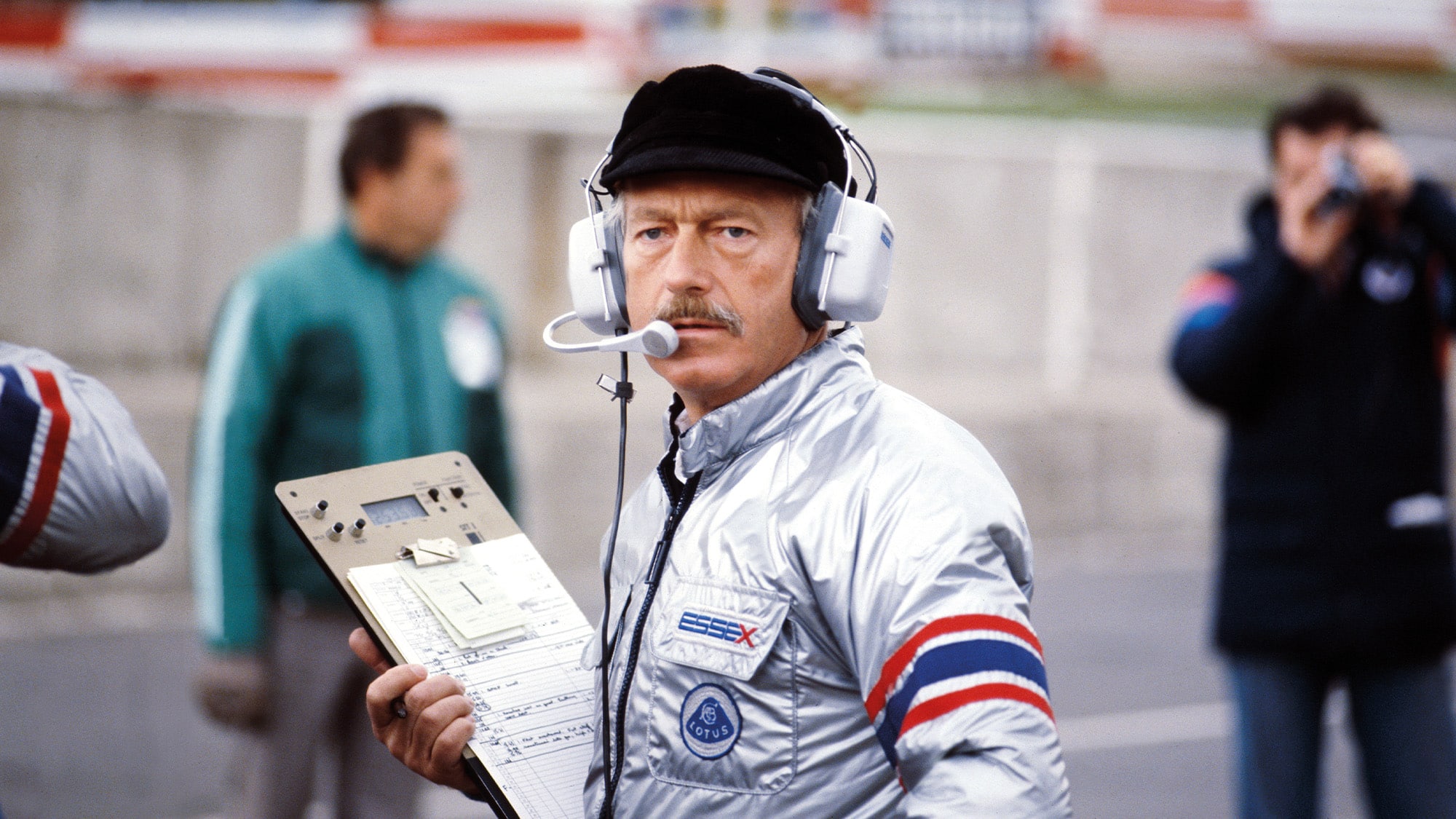“He looked at it and said ‘If I had to make a plain-looking car like that, I’d retire.’
“Because it wasn’t trick enough – and that was Chapman, that summed him up.
“It had to be trick, even if it didn’t work. You worry about trying to make it work afterwards. Nearly all his cars were like that.”
Southgate explains how the gestation of the 78 and its successor, the dominant 79, was the perfect example of how Chapman got a thrill out of pushing the boundaries on all senses.
“Chapman, of course, loved that wing car [the Lotus 78, the first true ground-effect F1 car] because it was totally different than anything else. And nobody knew why it worked – [though] we did of course.
“I joined in ’76, and it was a pretty lean time – they weren’t even qualifying for some races.
“Peter Wright, who I knew from my BRM days, was working on a wing car.

Lotus 78 started a sea change in F1 car design, leading the way in ground effect
Grand Prix Photo
“They realised if they could get the downforce to a certain level, it could touch the ground – and if they could seal it [to the ground, channeling the airflow] it was phenomenal.”
This eventually led to the team coming up with sliding skirts for the 79 – even if the rules didn’t technically permit it.
“If it was illegal, Colin would go for it,” laughs Southgate. “‘Let’s get the FIA to change the rules somehow.’
“You weren’t allowed movable aerodynamic devices. He leaned on the FIA, don’t know how he managed it, and talked them into accepting it.”
The Lotus 79 would become the Hethel team’s last dominant F1 car, taking Mario Andretti to the title in 1978.
Though other innovations would follow, this would be its final season as the world championship’s top dog in both design and results.












